Timothy van der Laan
Quantum Machine Learning for Semiconductor Fabrication: Modeling GaN HEMT Contact Process
Sep 17, 2024
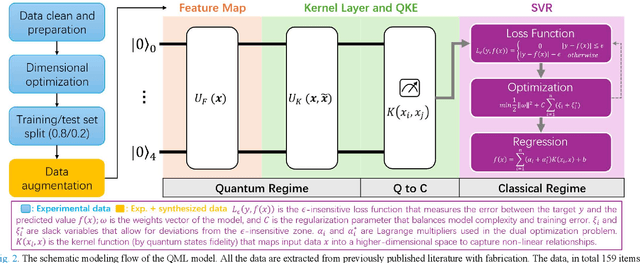
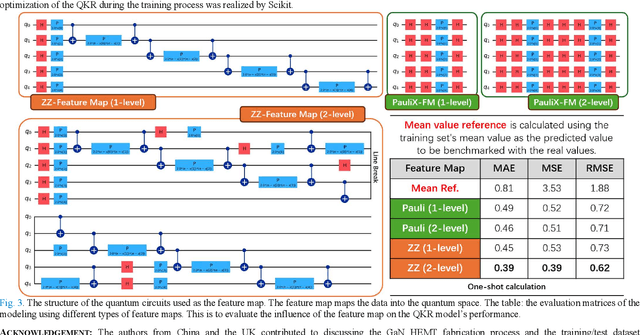
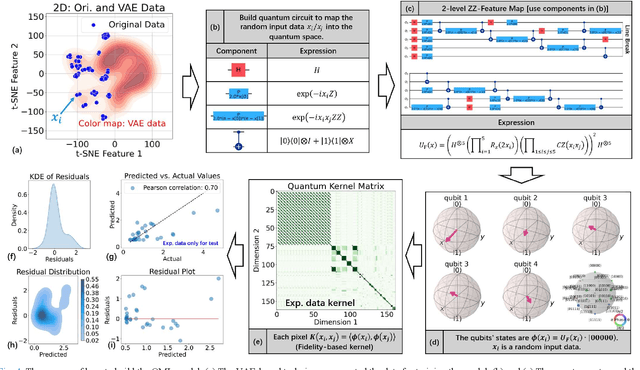
Abstract:This paper pioneers the use of quantum machine learning (QML) for modeling the Ohmic contact process in GaN high-electron-mobility transistors (HEMTs) for the first time. Utilizing data from 159 devices and variational auto-encoder-based augmentation, we developed a quantum kernel-based regressor (QKR) with a 2-level ZZ-feature map. Benchmarking against six classical machine learning (CML) models, our QKR consistently demonstrated the lowest mean absolute error (MAE), mean squared error (MSE), and root mean squared error (RMSE). Repeated statistical analysis confirmed its robustness. Additionally, experiments verified an MAE of 0.314 ohm-mm, underscoring the QKR's superior performance and potential for semiconductor applications, and demonstrating significant advancements over traditional CML methods.
Quantum Kernel Principal Components Analysis for Compact Readout of Chemiresistive Sensor Arrays
Aug 28, 2024



Abstract:The rapid growth of Internet of Things (IoT) devices necessitates efficient data compression techniques to handle the vast amounts of data generated by these devices. In this context, chemiresistive sensor arrays (CSAs), a simple-to-fabricate but crucial component in IoT systems, generate large volumes of data due to their simultaneous multi-sensor operations. Classical principal component analysis (cPCA) methods, a common solution to the data compression challenge, face limitations in preserving critical information during dimensionality reduction. In this study, we present quantum principal component analysis (qPCA) as a superior alternative to enhance information retention. Our findings demonstrate that qPCA outperforms cPCA in various back-end machine-learning modeling tasks, particularly in low-dimensional scenarios when limited Quantum bits (qubits) can be accessed. These results underscore the potential of noisy intermediate-scale quantum (NISQ) computers, despite current qubit limitations, to revolutionize data processing in real-world IoT applications, particularly in enhancing the efficiency and reliability of CSA data compression and readout.
Blue and Green-Mode Energy-Efficient Chemiresistive Sensor Array Realized by Rapid Ensemble Learning
Mar 03, 2024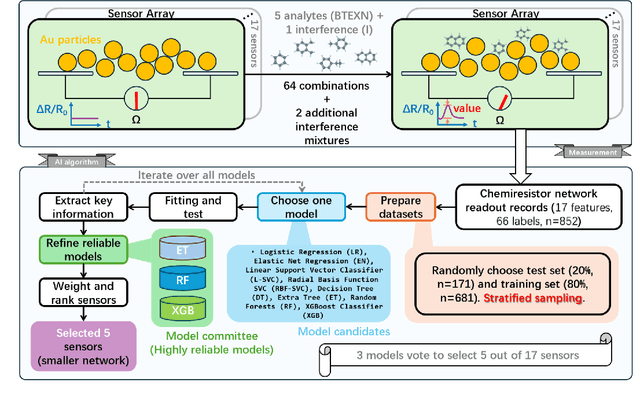
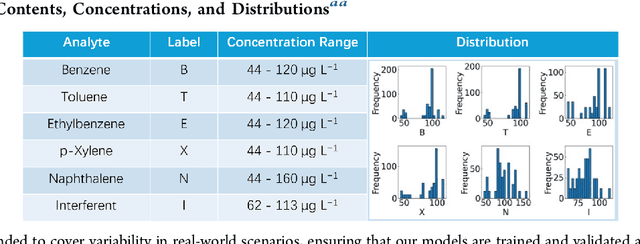
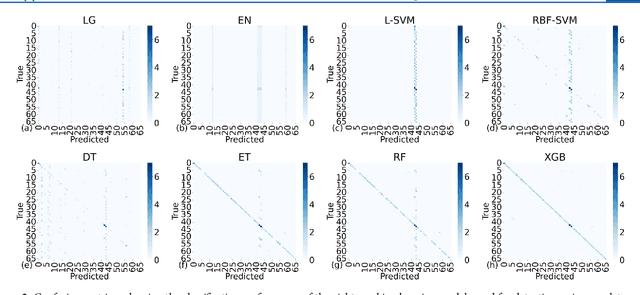
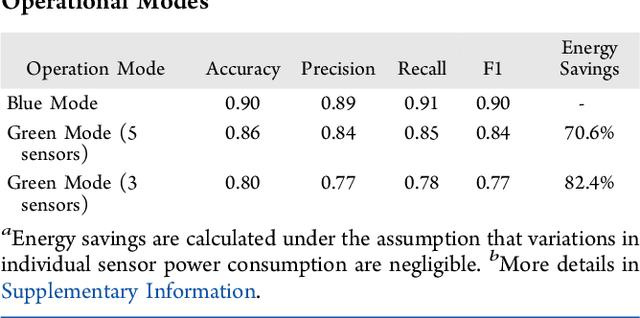
Abstract:The rapid advancement of Internet of Things (IoT) necessitates the development of optimized Chemiresistive Sensor (CRS) arrays that are both energy-efficient and capable. This study introduces a novel optimization strategy that employs a rapid ensemble learning-based model committee approach to achieve these goals. Utilizing machine learning models such as Elastic Net Regression, Random Forests, and XGBoost, among others, the strategy identifies the most impactful sensors in a CRS array for accurate classification: A weighted voting mechanism is introduced to aggregate the models' opinions in sensor selection, thereby setting up wo distinct working modes, termed "Blue" and "Green". The Blue mode operates with all sensors for maximum detection capability, while the Green mode selectively activates only key sensors, significantly reducing energy consumption without compromising detection accuracy. The strategy is validated through theoretical calculations and Monte Carlo simulations, demonstrating its effectiveness and accuracy. The proposed optimization strategy not only elevates the detection capability of CRS arrays but also brings it closer to theoretical limits, promising significant implications for the development of low-cost, easily fabricable next-generation IoT sensor terminals.
 Add to Chrome
Add to Chrome Add to Firefox
Add to Firefox Add to Edge
Add to Edge